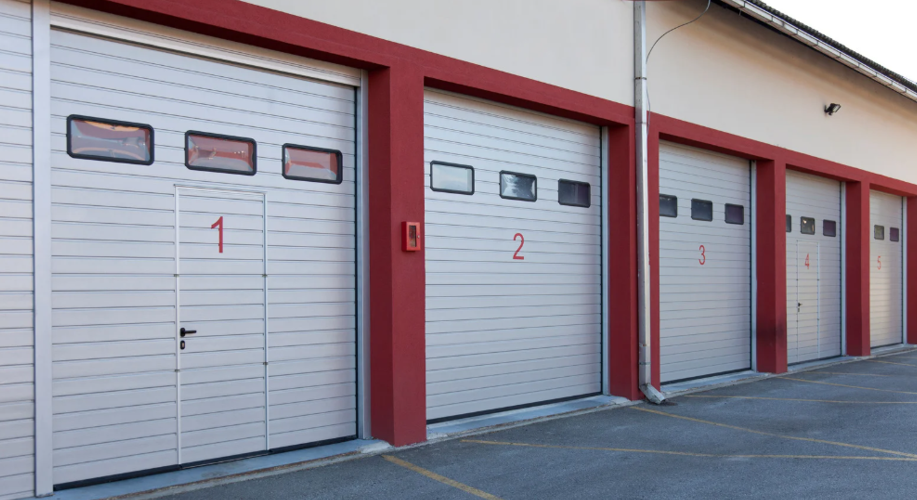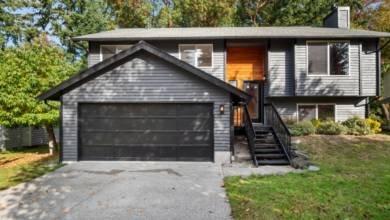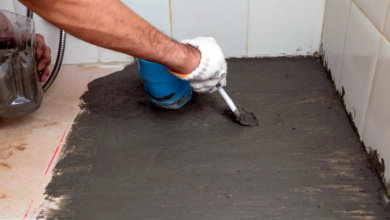
How Overhead Doors Contribute to Commercial Security
In commercial settings, security is as much about physical barriers as it is about operational efficiency. Among the key security features in warehouses, distribution centers, and industrial buildings are overhead doors. These doors not only safeguard property and equipment but also help manage workflow and access control. Business owners seeking enhanced protection often consider an overhead door in Dayton as a vital investment in their security infrastructure.
The structure, functionality, and reliability of overhead doors directly impact a facility’s ability to protect its assets. Modern systems are built to resist forced entry, integrate with electronic access systems, and operate smoothly even under constant use.
Enhanced Protection Through Structural Integrity
Commercial overhead doors are constructed from heavy-duty materials like steel, aluminum, and reinforced panels that offer high resistance to break-ins. The durability of these materials makes it significantly harder for intruders to compromise the facility.
Rolling steel doors, sectional overhead doors, and fire-rated doors are all designed with both safety and durability in mind. Many models are also wind- and impact-rated, offering additional protection against environmental threats and vandalism.
Another important aspect of maintaining a secure system is understanding common overhead door problems and how to fix them, which helps identify vulnerabilities before they lead to operational failures.
See also: The Financial Benefits of Working with a Single Home Construction Company
Integration with Access Control Systems
Security today goes beyond locks and keys. Overhead doors are often paired with electronic access control systems, motion detectors, and remote monitoring setups. These integrations allow facility managers to track usage, restrict access during certain hours, and receive alerts in case of tampering.
Keyless entry pads, RFID sensors, and surveillance-connected openers make it possible to manage multiple entry points without compromising on security. These features are particularly useful for large properties with several loading bays or shift-based operations.
Smooth coordination between door operations and security protocols minimizes downtime and reduces the risk of human error in access management.
Routine Maintenance Preserves Security
A compromised or poorly maintained overhead door can quickly become a liability. That’s why regular servicing is crucial, not only to extend lifespan but to maintain performance standards that uphold security.
Parts like torsion springs, tracks, and openers wear out with time and constant use. Without proper inspection and upkeep, even the most advanced doors may fail under pressure or create gaps for intrusion. That’s why understanding steps to maintain overhead doors for long-term efficiency is essential in keeping your system reliable.
Timely maintenance also ensures the door seals properly, sensors respond correctly, and locking mechanisms engage fully, all critical components in a security-focused environment.
Fire and Emergency Safety Features
In addition to burglary prevention, overhead doors contribute to a facility’s fire safety compliance. Many commercial models are equipped with automatic closing mechanisms in the event of a fire, helping to compartmentalize and contain hazards.
These systems are often required by code in manufacturing and storage facilities, adding another layer of safety for employees and goods. Regular inspections and testing ensure these emergency features activate correctly when needed.
Security also includes safe exit strategies. Overhead doors with emergency egress options enable quick evacuation without compromising perimeter protection during normal operation.
Professional Installation and Customization
Every facility has different needs based on layout, operations, and threat level. Professional installers can tailor overhead door systems to match these needs, whether that means customizing height and width, selecting insulated models, or integrating advanced controls.
A correctly installed door fits precisely into its opening, seals securely, and operates with minimal noise or disruption. This not only enhances the building’s security but also reflects a professional, organized business environment.
Conclusion
Overhead doors serve a dual purpose: they manage daily operations while acting as a critical line of defense for commercial properties. From structural strength and electronic controls to proper maintenance and fire-rated designs, these systems offer comprehensive protection for businesses of all sizes. Investing in quality installation and upkeep ensures your security infrastructure remains reliable and efficient over time.




